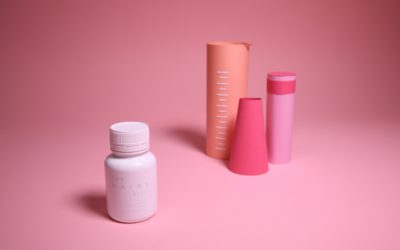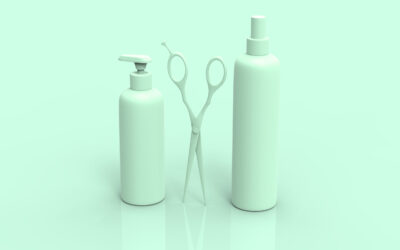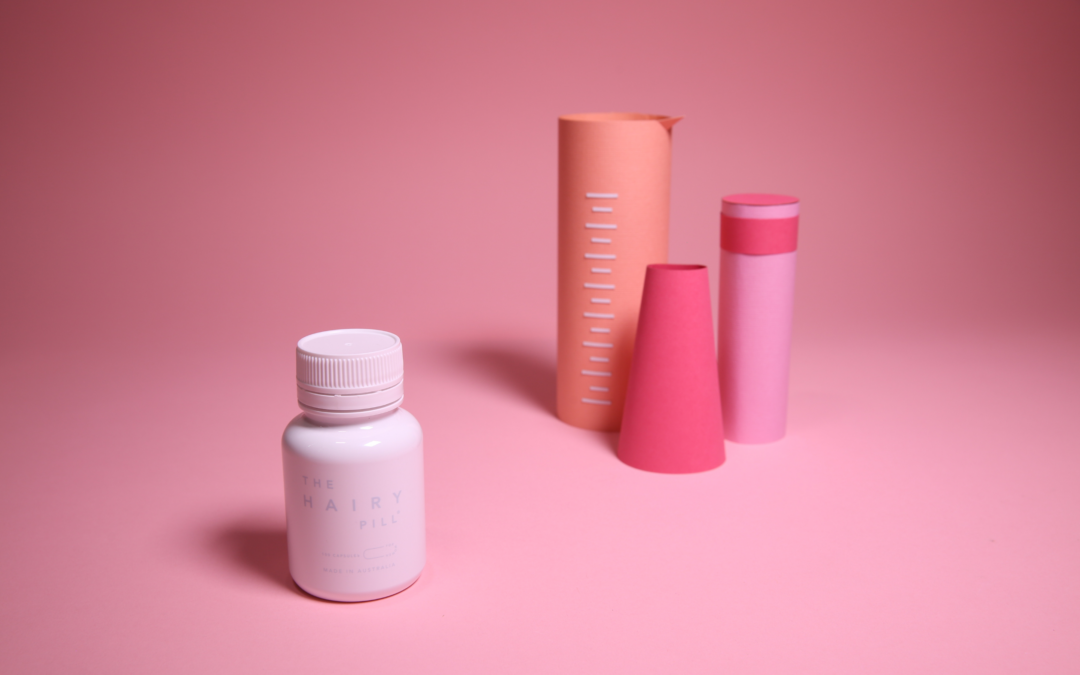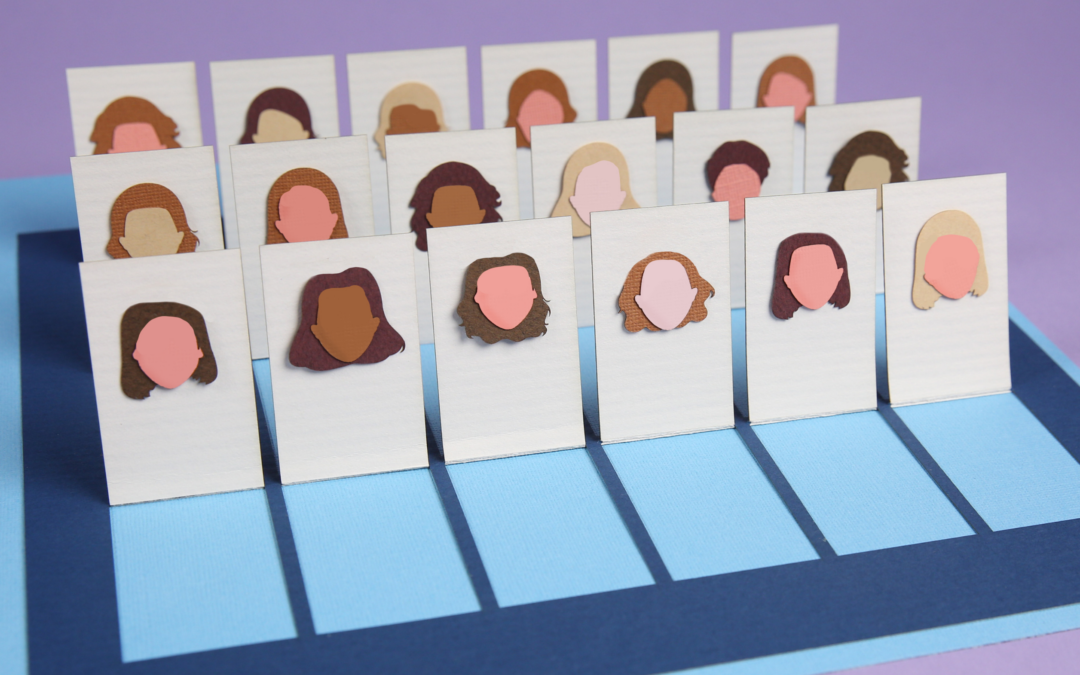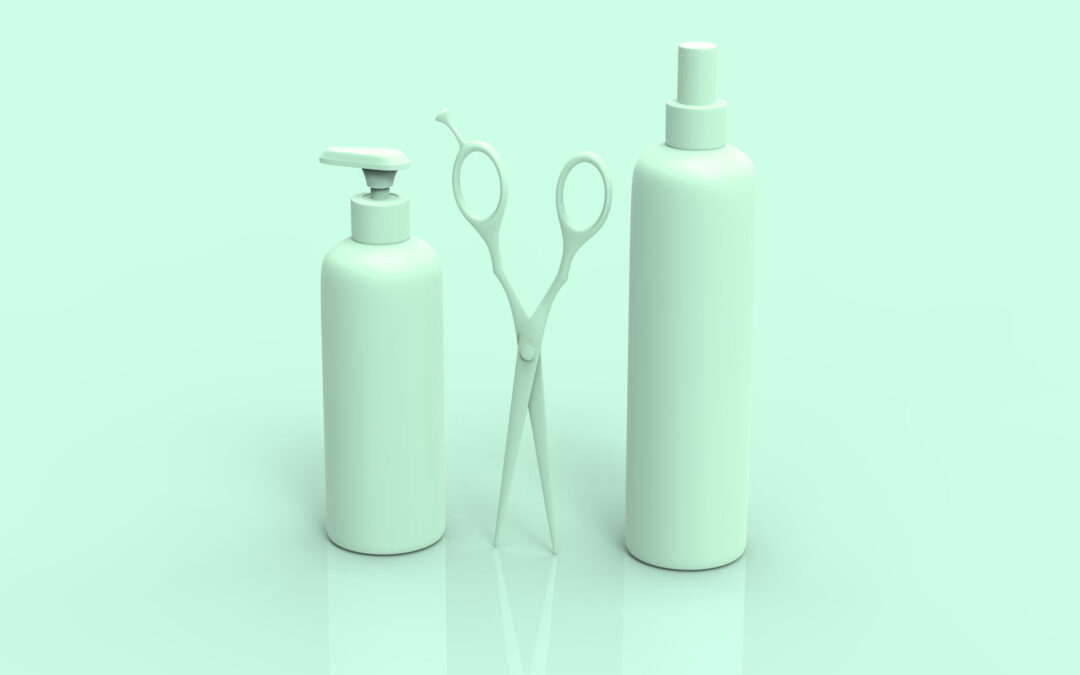Menopause Hair Loss: Is it Reversible?
Women will experience all sorts of symptoms and bodily changes as they go through menopause. Alongside hot flashes and sleep problems, other symptoms include brittle hair, hair thinning, and hair loss.
It’s enough to make your hair curl — figuratively speaking, of course.
Naturally, every woman will experience perimenopause and menopause differently. For those who do notice hairy changes, some may only have a lacklustre mane while others may experience the onset of female pattern hair loss.
Not to mention it’s tricky to attribute your hair loss entirely to menopause, since other factors may be at play.
Let’s take a look at what causes female hair loss treatment in menopause, which symptoms to look out for, and how it’s not the be-all and end-all it may seem (because yes, hair loss during and after menopause can grow back).
What Causes Hair Loss in Menopause?
The most likely cause of thinning hair or hair loss in menopause is hormonal fluctations. Your body is going through intense changes, both internally and externally — and a large reason for that is because your hormone production is changing.
We’ll look more at the hormonal factors below but usually, hair loss is caused by a combination of hormonal changes and other factors. These could include:
- Extreme levels of stress
- Serious illness
- Nutrient deficiencies
- A reduction in sebum (oil) secretion
- Thyroid dysfunction
- Medications
- Genetic influences
Oestrogen, Progesterone, and the Role of Hormones in Menopause Hair Loss
The female body produces two hormones that have a crucial role in promoting hair growth and density: oestrogen and progesterone.
Oestrogen and progesterone help your hair grow faster and they help it stay on your head longer.
At the same time, the body is producing a much smaller quantity of a group of male hormones called androgens (including testosterone).
With the onset of perimnopause and menopause, the body starts producing less oestrogen and progesterone and more androgens. As a result, the hair on your head may start growing more slowly and become thinner.
Androgens are also known to shrink hair follicles, which may also contribute to a type of hair loss called androgenic alopecia, or female pattern hair loss.
Somewhat unfairly, these hormonal changes may also cause the production of more hair elsewhere, accounting for the peach fuzz or small sprouts of hair on the chin that you may start noticing.
Common Symptoms of Hair Loss During Menopause
Hair loss during menopause can happen so gradually that it isn’t always immediately obvious. We already lose between 50 and 100 hairs a day so it may be difficult to detect the first signs of perimenopausal and menopausal hair loss.
It might simply be a matter of finding more hair than usual on your hair brush or pillow or clogging the shower drain. Or you might be noticing that your hair has become more brittle and prone to breakage.
Once this has gone on a while, your hair might become noticeably thinner. A typical pattern emerges:
- The part on your crown may begin to widen
- Your hair may look noticeably thinner, particularly on the back of the head, near the crown, or by the nape of your neck
- Your hair may be lacklustre or look flatter than usual
Body Hair Loss After Menopause
Signs of menopause-related hair loss can also appear elsewhere on the body. Look out for:
- Hair growth slowing or stopping on your legs, arms, and armpits
- Thinning or balding pubic hair
- Thinning eyelashes and eyebrows
Is Menopausal Hair Loss Reversible?
Time for some good news!
Menopausal hair loss can be reversed.
There are a range of treatments for menopausal hair loss, with varying costs, side effects, limitations, and effectiveness. Let’s look at the most common treatments.
Medical Procedures for Menopausal Hair Loss
Common medical procedures include laser treatment (also known as light therapy) and microneedling.
Laser Treatment
Low-intensity light is applied to the scalp, targeting biochemical processes that renew the cells responsible for hair growth. It might increase the number of hair follicles, along with the hair strength.
Microneedling
Microneedling is a new treatment that is most commonly used to treat scars. The technique involves rolling hundreds of tiny needles over the skin, creating microscopic injuries that prompt an immune system response.
One study found that microneedling for hair growth in men produced a greater hair count than Minoxidil treatment (see below).
Standard Medications for Menopausal Hair Loss
While there are a range of medications available for hair loss, very few are actually designed specifically for women during menopause.
Minoxidil
Minoxidil is an over-the-counter hair loss treatment that is typically used to treat male pattern baldness. But some studies show topical minoxidil treatment may help promote hair regrowth for female pattern baldness.
Minoxidil works by opening up the blood vessels to increase blood flow to the scalp and hair follicles. It’s given to women at a lower dose than for men but even so, women who are pregnant should not use this treatment.
Finasteride and Spironolactone
These treatments are oral medications that may be prescribed for hair loss. Although finasteride is more commonly used for male hair loss, studies suggest it may help treat female pattern hair loss. As with minoxidil, it should not be used by pregnant women or those wishing to become pregnant.
Spironolactone is an antiandrogen drug, which may be prescribed in conjunction with minoxidil. While it doesn’t help regrow hair, research shows it can prevent further hair loss and help contribute to thicker hair for about 40% of women with female pattern baldness.
Hormone Replacement Therapy (HRT)
Because hormones play such an important role in menopause hair loss, hormone treatments such as HRT may help improve hair growth.
There are many different types of hormone treatments, including body-identical oestrogen treatments (available as tablets, transdermal patches, or gel) and progesterone treatments (available in capsule form).
HRT is used to treat multiple symptoms of perimenopause and menopause; it is not used as a standalone hair loss treatment.
The Hairy Pill® — A Personalised Prescription Hair Loss Treatment
The Hairy Pill® is a specific hair loss treatment for women designed to prevent further hair loss and stimulate new growth.
Using technology invented by world-renowned Dermatologist Professor Rodney Sinclair, The Hairy Pill® has been shown to produce excellent results with just one pill, taken daily.
Made just for you, this prescription hair loss treatment is designed with ingredients that treat the cause of your hair loss, including hormonal changes such as menopause.
The best part? Accessing this personalised hair loss solution is simple. Just fill out our online form to get started. It takes less than five minutes.

